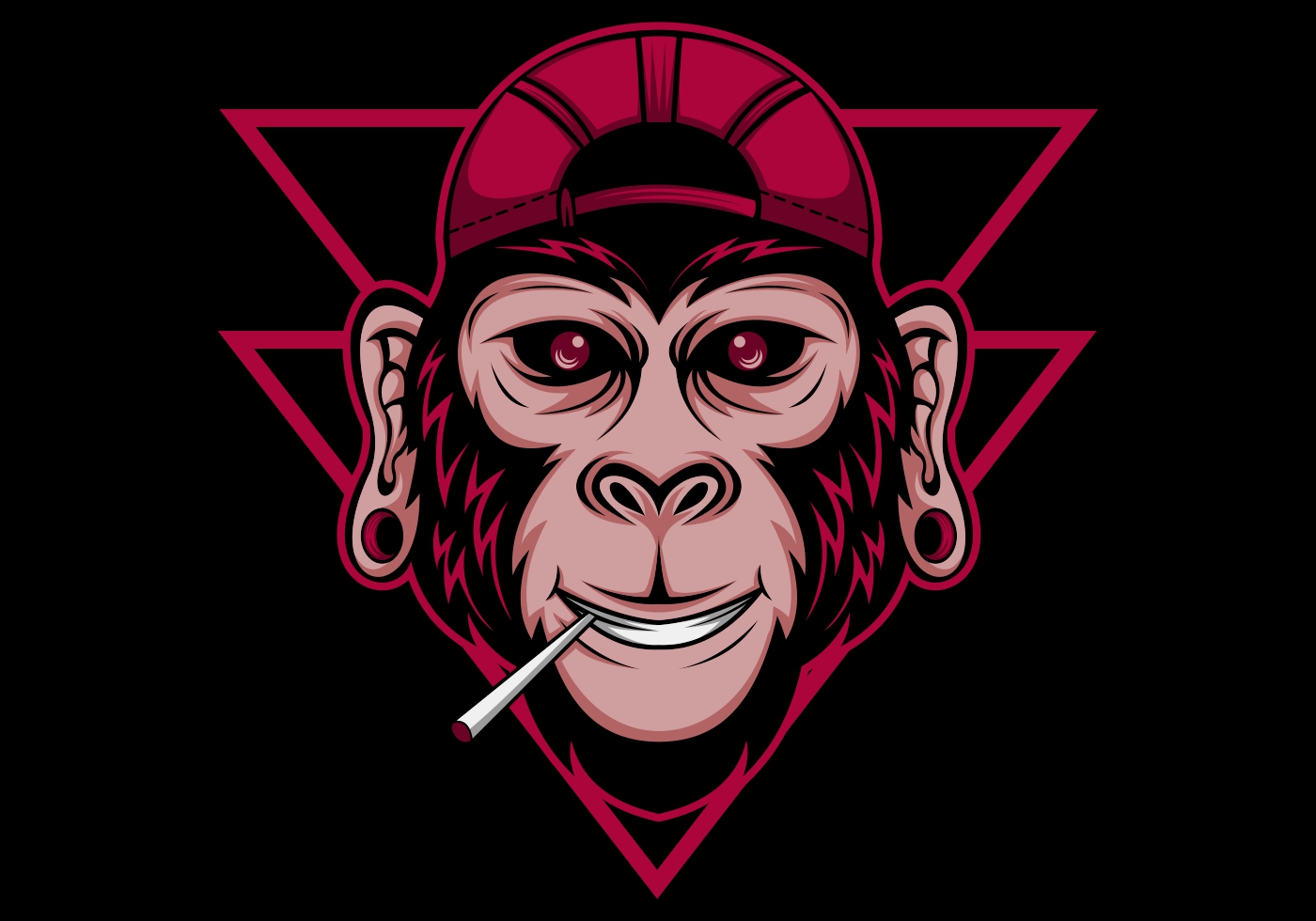

This is especially useful for things like logos. Since the SVG node simply points to the underlying SVG file, you can then make changes to the vectors in Illustrator and have those changes update in Maya and automatically inherit any extrude or bevel settings you may have applied" /> Using the SVG node artists can reference vector graphics that were created in Illustrator in order to build extruded geometry in Maya.

Last but not least, should you have any doubt before you decide to take this class, do not hesitate asking me! I will be more than happy to help.Maya and Illustrator Vector Graphic Workflow Using the SVG node artists can reference vector graphics that were created in Illustrator in order to build extruded geometry in Maya. It's all about knowing the right few tools needed! In the mentioned students' gallery there are some Adobe illustrator examples and on my Illustration Facebook group many people works these techniques in Affinity Designer, Illustrator, Inkscape, etc. I work in Affinity Designer for this class, although the principles, methods and techniques are the same for any other vector software, so it's up to the student to use this or any other software.

Many may people is achieving amazing results and so will you! It is full of magnificent examples where you will get a better insight of what you'll be able to achieve after taking this class. Eagle with flag, drawn in Adobe Illustrator.

> I highly recommend you check the full student's gallery before taking this class!! << Vintage looking vector landscape, created with Adobe Illustrator and Photoshop. This is a project oriented class, where the student is expected to follow along together with me while creating the final project which is a full vector realistic car (Porsche 911). In this class we are going to learn the principles, techniques, methods and mindset involved in the creation of highly realistic vector graphics. NOTE: This is not a class for beginners but for INTERMEDIATE USERS (you need to have familiarity with layers, masking, effects, transparencies, gradients and boolean operations (subtract, add, combine, intersect, divide).


 0 kommentar(er)
0 kommentar(er)
